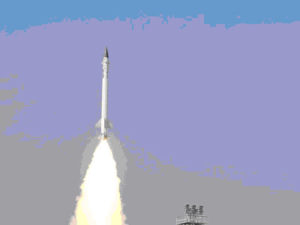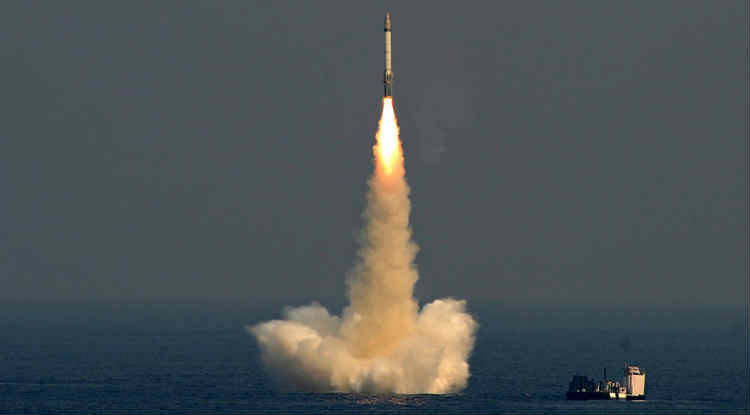India successfully test-fires supersonic interceptor missile
HIGHLIGHTS
- The experimental two-tier BMD system is supposed to track and destroy nuclear-tipped ballistic missiles both inside (endo) and outside (exo) the earth’s atmosphere.
- This was the third supersonic interceptor test carried out this year.
NEW DELHI: India on Thursday took another step forward towards developing its two-tiered ballistic missile defence (BMD) shield, which has been long in the making, by testing a supersonic interceptor missile to destroy an incoming ballistic missile over the Bay of Bengal on Thursday.
The experimental two-tier BMD system is supposed to track and destroy nuclear-tipped ballistic missiles both inside (endo) and outside (exo) the earth’s atmosphere. The Phase-I of this BMD system, with interceptors flying at 4.5 Mach high-supersonic speeds to intercept enemy missiles, is meant to tackle hostile missiles with a 2,000-km strike range.
The Phase-II, in turn, will be geared for taking on 5,000-km range missiles, virtually in the class of ICBMs (intercontinental ballistic missiles), with interceptors at hypersonic speeds of 6-7 Mach. The indigenous missile shield, once it becomes fully operational, is supposed to protect cities like New Delhi and Mumbai.
 In the test, the low-altitude or endo-atmospheric Advanced Area Defence (AAD) interceptor missile hit the “enemy” missile (a modified Prithvi missile) at an altitude of 15-km, in the third such successful test this year after a string of failures.
In the test, the low-altitude or endo-atmospheric Advanced Area Defence (AAD) interceptor missile hit the “enemy” missile (a modified Prithvi missile) at an altitude of 15-km, in the third such successful test this year after a string of failures.
“The weapon system radars tracked the target and provided the initial guidance to the interceptor which could precisely home on to the target and destroy it in the endo-atmospheric layer. The complete event including the engagement and destruction was tracked by a number of electro-optical tracking systems using infrared imagery. Radars and telemetry stations tracked the target and the interceptor till the destruction of the target,” he added.
Though the DRDO had earlier promised that the missile shield would be deployed for New Delhi by 2014, it’s yet to become fully operational. The DRDO is also working on adding a third layer to the BMD system, which will tackle low-flying cruise missiles, artillery projectiles and rockets with the overall aim to achieve “near 100% kill or interception probability”, as was earlier reported by TOI.

